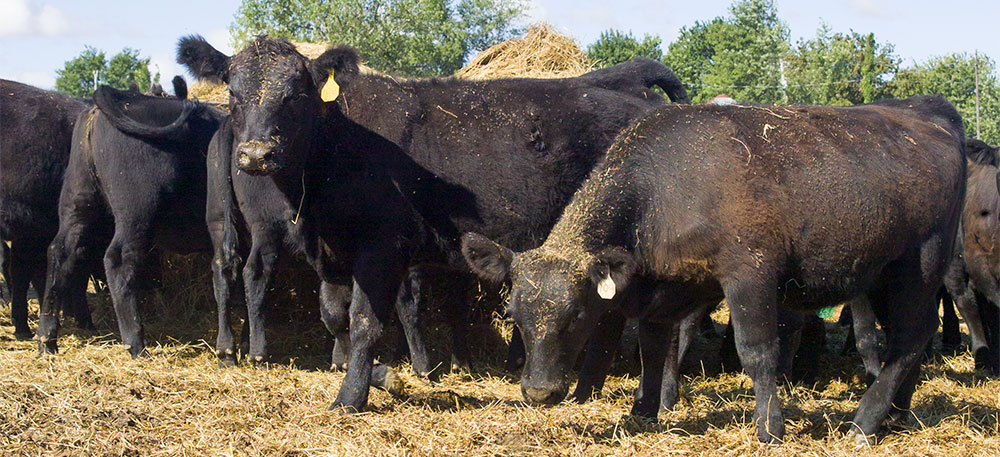Mitigate M. bovis
Mycoplasma bovis in feedlot cattle: Treating and controlling infections.
Effectively controlling an infectious disease in cattle means addressing one or more of the three different components of the disease process:
November 3, 2020 | Vol. 13 : No. 10

Mature hay is hay. It may be brome hay, prairie hay or any other type of hay. In the end, it’s just hay until it’s been tested. Forage tests tell the tale of whether hay is of good quality and nutrient-rich, says University of Missouri (MU) Extension Livestock Specialist Gene Schmitz. Nutrient content of hay, haylage or silage directly relates to its stage of maturity at harvest. As plants mature, they lose digestibility and nutrients.
Effectively controlling an infectious disease in cattle means addressing one or more of the three different components of the disease process:
Fred Gingrich, veterinarian and executive director of the American Association of Bovine Practitioners, joins the extension experts at Kansas State University’s Beef Cattle Institute (BCI) to talk about three key areas of veterinary focus for the future — antimicrobial stewardship, cattle health and well-being, and environmental stewardship. Listen as they talk practical applications for both veterinarians and beef producers.
Nutritional requirements for beef cattle shift slightly between seasons, according to Oklahoma State University (OSU) Extension. “Providing producers with a source of information regarding feed intake, protein and energy requirements is important,” says David Lalman, OSU Extension beef cattle specialist. “It can ensure producers that their cattle are receiving the proper nutrition.”
Coarse-textured roughages, such as cornstalks, are high in neutral detergent fiber (NDF) and function to create a fibrous mat in the rumen that aids in stimulating rumination, buffering ruminal pH, and increasing muscle tone of the rumen. However, increased roughage dilutes available energy in finishing diets. Optimization of roughage levels in high-concentrate diets is necessary to maximize animal performance.
Money doesn’t grow on trees. However, it does grow on healthy cattle that are out grazing longer periods during the day. The more time calves spend grazing, the more they are going to gain and the faster they are going to get to their market-ready end point.
Feed cost is often one of the most expensive inputs when trying to balance the beef cattle budget. To help reduce that expense, Midwestern producers will sometimes look to alternative feed products such as wet corn gluten, corn dried distillers’ grain with solubles (DDGS) or soy hulls, to name a few.